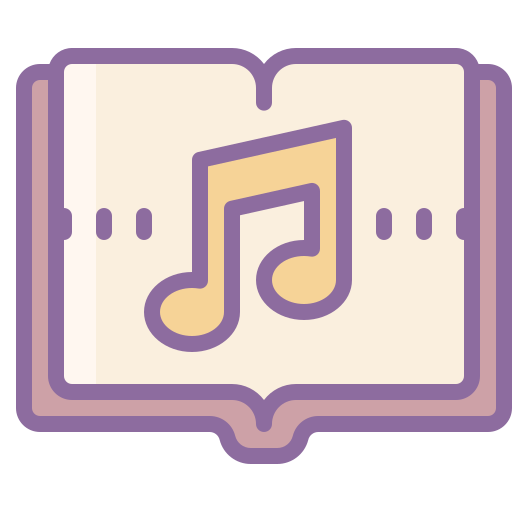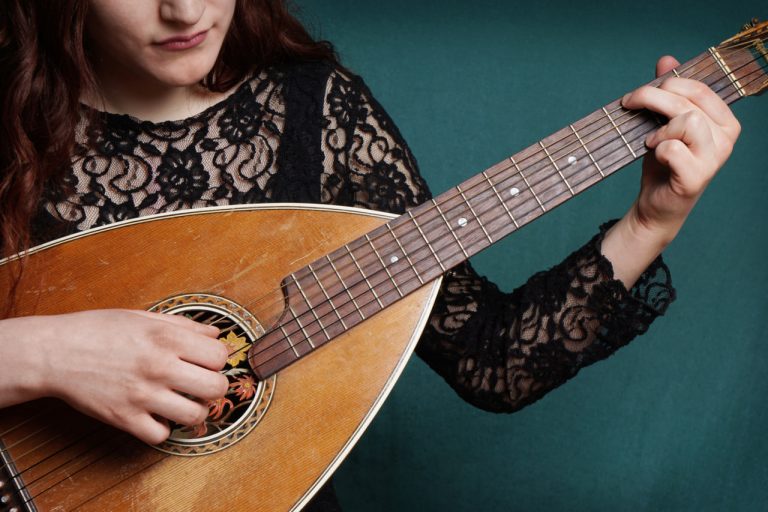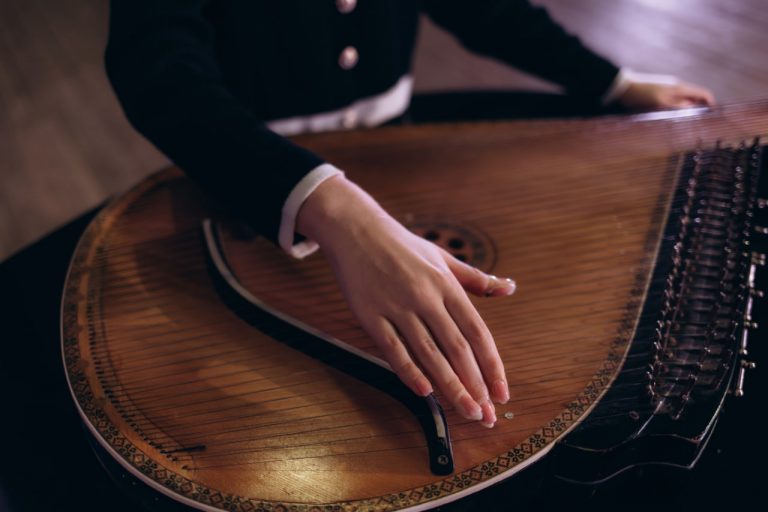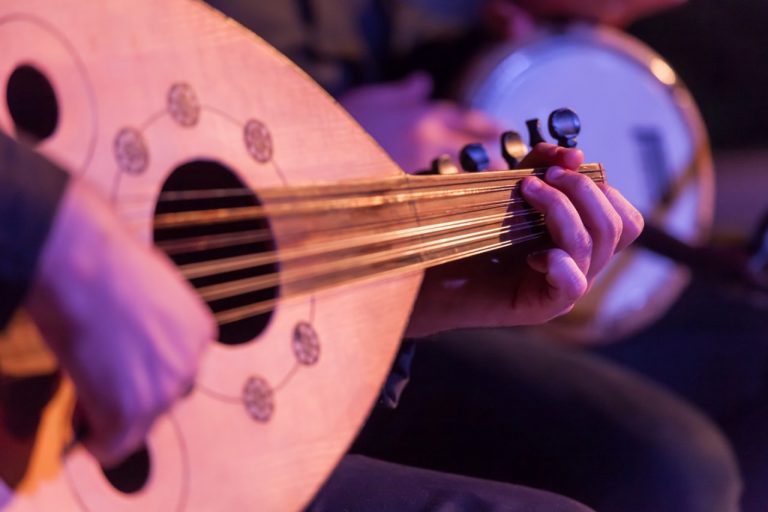The oud is one of the oldest stringed instruments in the world, with a rich history that spans thousands of years and crosses numerous cultures. Known for its warm, deep sound and distinctive pear-shaped body, the oud has played a crucial role in Middle Eastern music and beyond. This blog explores the fascinating history and evolution of the oud, tracing its journey from ancient times to its place in modern music.
Origins of the Oud
The origins of the oud date back over 5,000 years, with early ancestors believed to have existed in ancient Mesopotamia and Egypt. The instrument’s design likely evolved from simple harp and lute-like instruments used by early civilizations. Historical artifacts and depictions show stringed instruments with short necks and rounded bodies, which share characteristics with today’s oud.
The name “oud” itself is believed to come from the Arabic word for “wood,” reflecting the material traditionally used to craft the instrument’s body. However, similar instruments existed across the ancient world, from the Persian barbat to the Greek pandura, each influencing the development of the oud.
The Oud in the Islamic Golden Age
The oud rose to prominence during the Islamic Golden Age (8th to 13th centuries), when cultural and artistic advancements flourished across the Middle East and North Africa. Scholars, musicians, and craftsmen refined the instrument’s design, tuning, and playing techniques. The oud became a symbol of sophistication and intellectual pursuit, often played in royal courts and cultural centers.
During this period, the oud’s construction improved with the addition of multiple strings and a more refined soundbox. The instrument was celebrated not only for entertainment but also for its spiritual and poetic associations, frequently accompanying classical Arabic poetry.
Spread and Influence Across Cultures
As the Islamic Empire expanded, the oud’s influence spread across North Africa, Southern Europe, and parts of Asia. The instrument made its way to Andalusia (modern-day Spain), where it deeply influenced the development of European string instruments. It is widely believed that the oud inspired the creation of the European lute, which later evolved into modern guitars.
The oud’s journey did not stop there. Variants of the instrument appeared in Turkey (where it is called “ud”), Iran, and other neighboring regions, each adding their own stylistic and musical elements. This cultural exchange enriched the oud’s repertoire and playing styles, making it a versatile instrument in classical, folk, and popular music traditions.
The Oud in Modern Music
In contemporary times, the oud remains a vital instrument in Middle Eastern and North African music, both in traditional and modern contexts. It is often featured in ensembles playing classical Arabic, Turkish, Persian, and Sephardic Jewish music. However, the oud has also found new life in fusion genres, blending with jazz, rock, and world music.
Modern oud players experiment with electric amplification, extended techniques, and collaboration with Western instruments. This fusion has helped introduce the oud to global audiences, expanding its reach beyond its traditional roots.
Construction and Playing Techniques Evolution
The craftsmanship of the oud has evolved, with luthiers experimenting with different woods, bracing techniques, and string arrangements. Traditionally, the oud has no frets, allowing for intricate microtonal playing, essential in Middle Eastern music. This fretless design continues to challenge and inspire players who want to explore the instrument’s expressive potential.
Playing techniques have also developed over time. The use of a plectrum (called a risha or mezrab) allows for fast, rhythmic plucking, while modern players incorporate fingerstyle techniques for more nuanced expression.
The Oud’s Cultural Significance Today
The oud is more than just an instrument; it is a cultural emblem that connects people to their heritage and history. It symbolizes artistic expression, storytelling, and the emotional depth of Middle Eastern music. Music schools, like Ud Harmony Academy, continue to teach the oud to new generations, preserving this ancient tradition while encouraging innovation.



